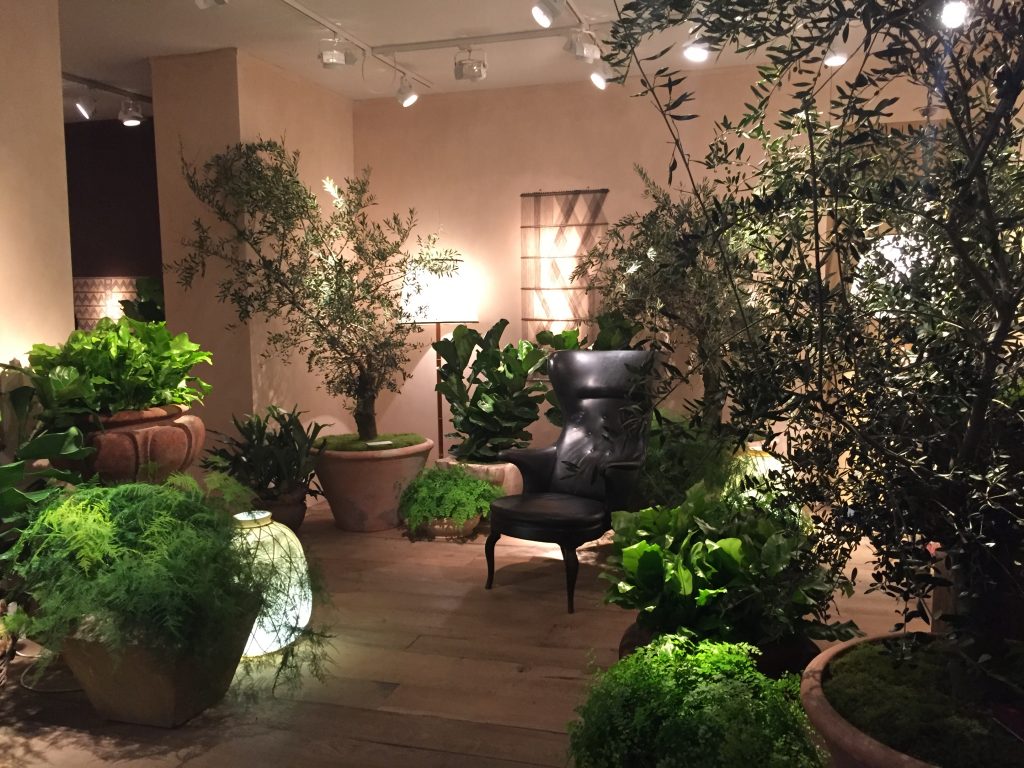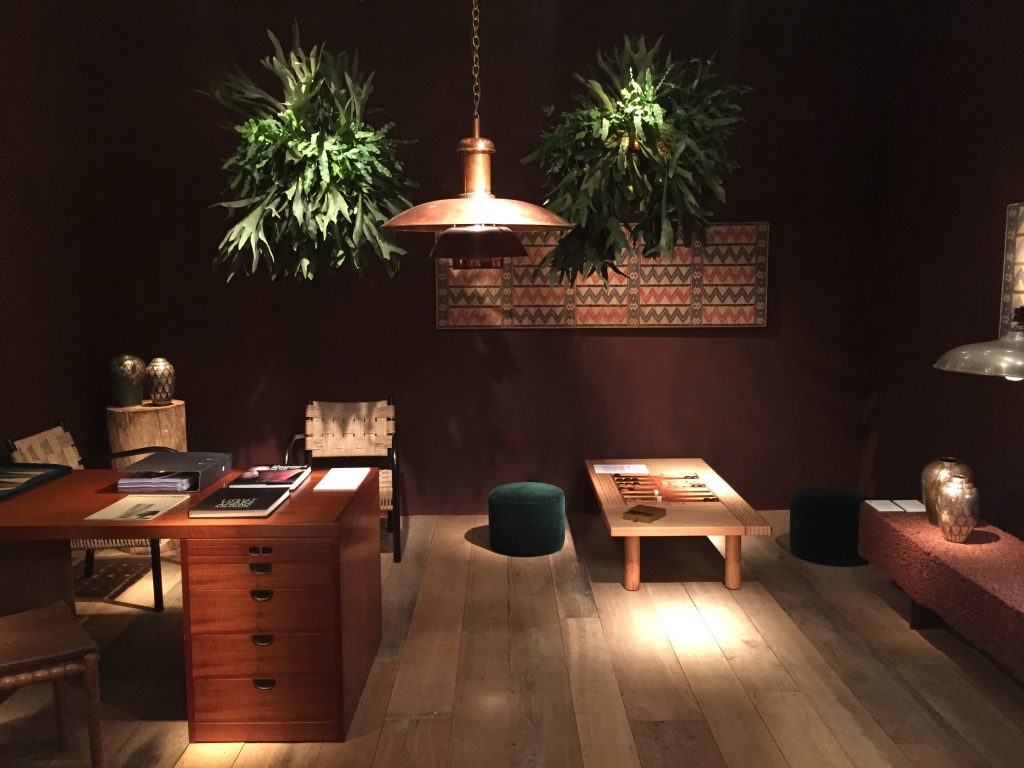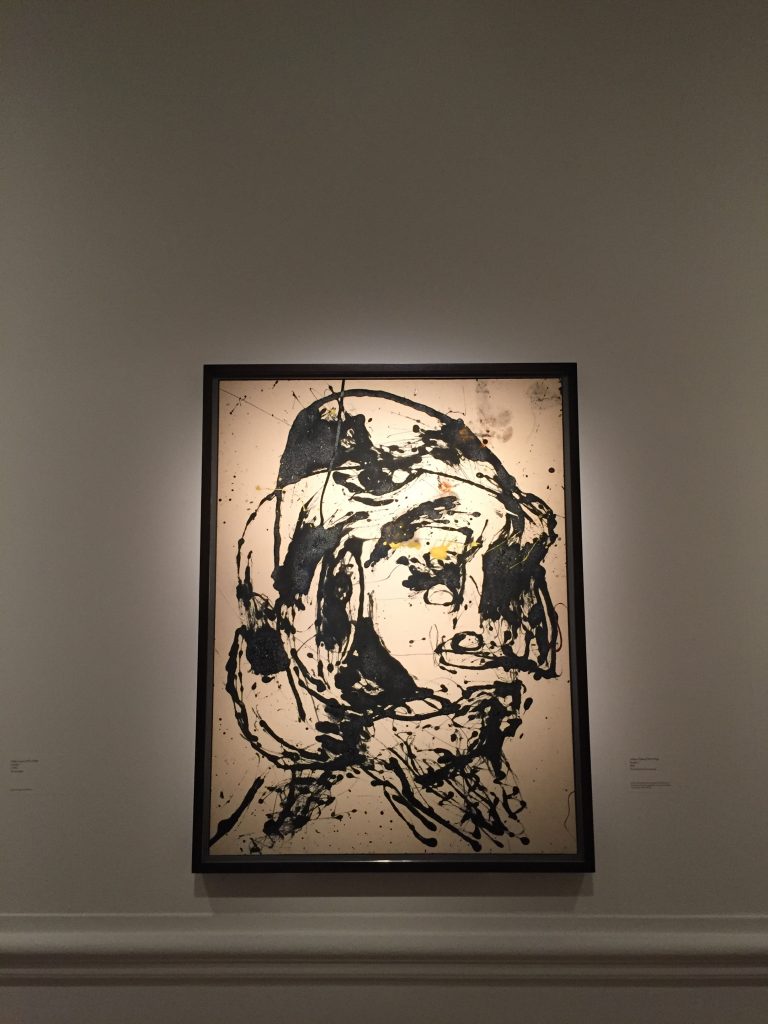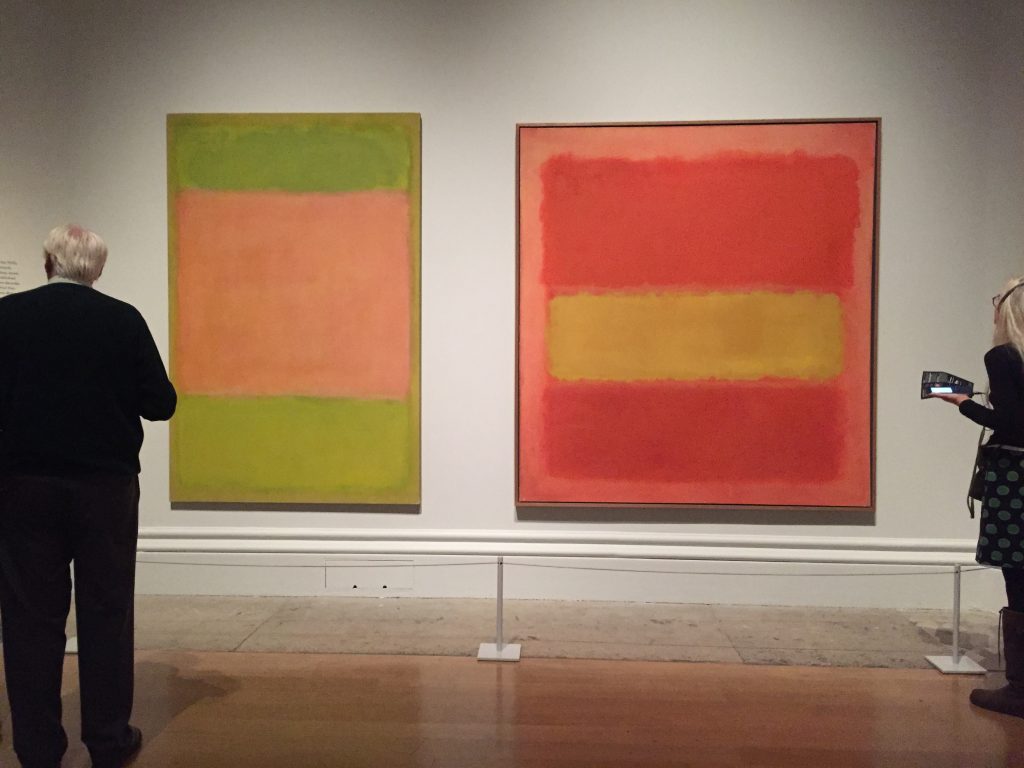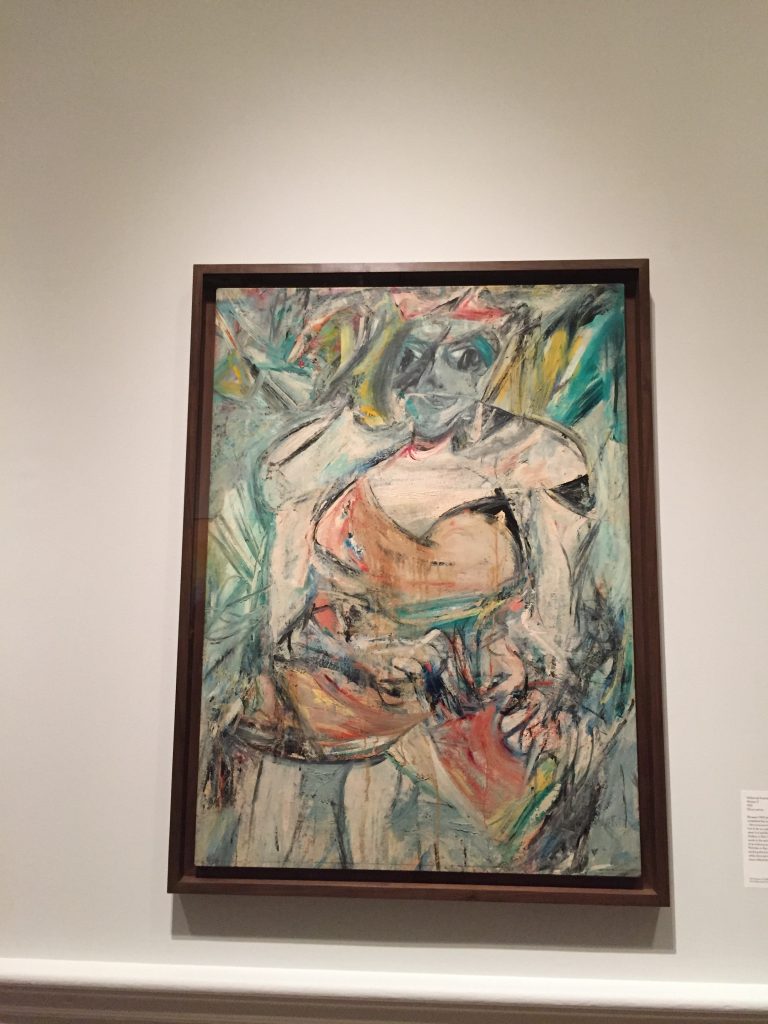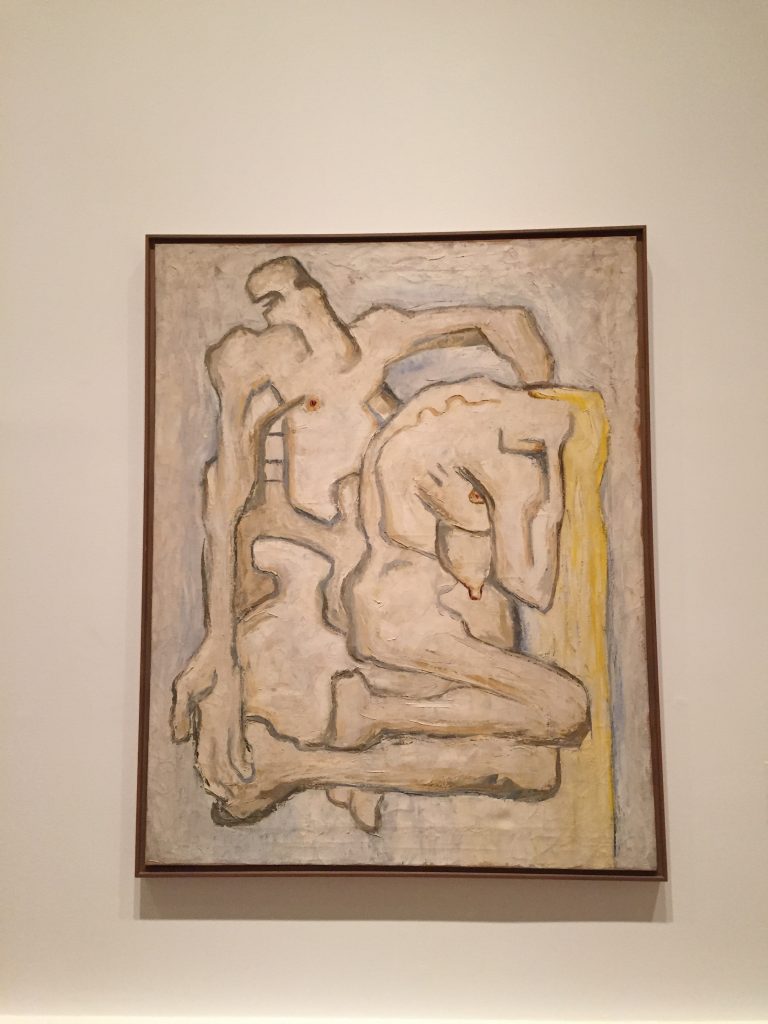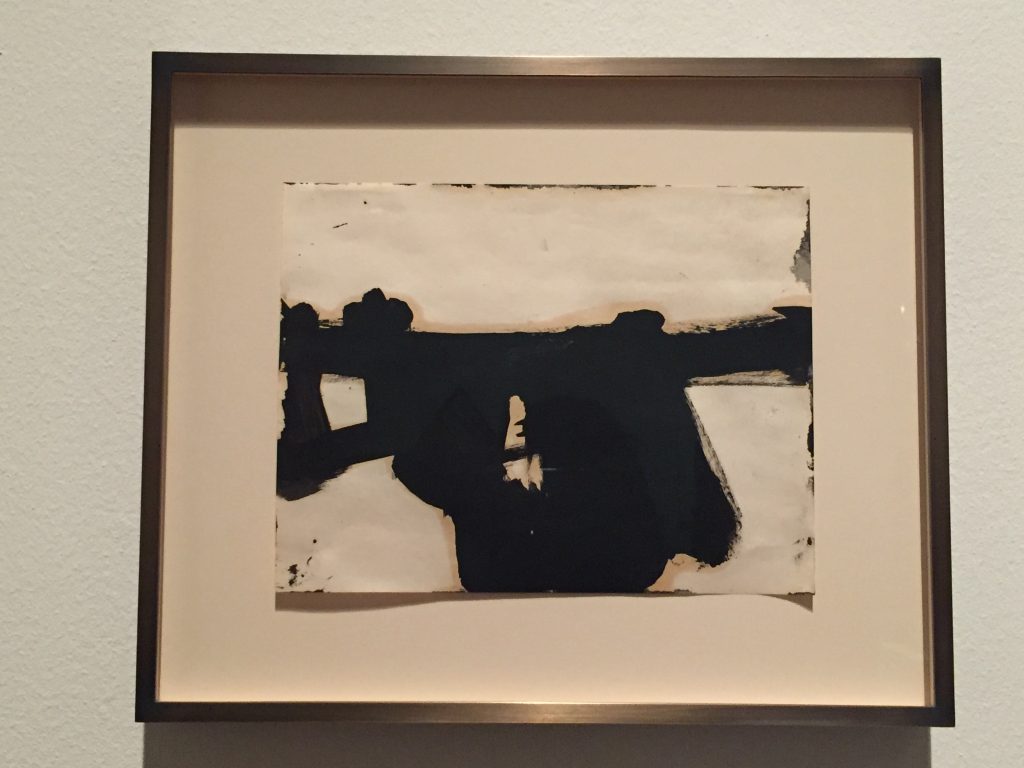This week London once again became the epicentre of the art world with the annual Frieze and Frieze Masters fair ( now celebrating its 25th year), PAD, and the opening of one of the most important exhibitions for decades: Abstract Expressionism at the Royal Academy.
Designed by Veere Grenney, the PAD exhibition is always super chic and there is such a pleasure in walking around a show and intuitively being drawn to the pieces and interior settings you love.
 The sublime angles and curves of the most elegant Eugene Printz (1889-1948) 1930’s table at the Dutko Gallery.
The sublime angles and curves of the most elegant Eugene Printz (1889-1948) 1930’s table at the Dutko Gallery.
I love the scale of this 10,000 year fossilised walrus skull at Peter Petrou, which remarkably retains its original lower jaw.
The utterly appealing, ultimate bachelor pad at Rose Uniacke‘s stand.
I was then desperate to go to the Royal Academy to see the Abstract Expressionism exhibition, as it is one of my favourite art movements. I find it hard to believe that there hasn’t been a collective exhibition since 1959. If you’ve ever questioned the validity of modern art, abstract expressionism is sure to overthrow any ambivalence.
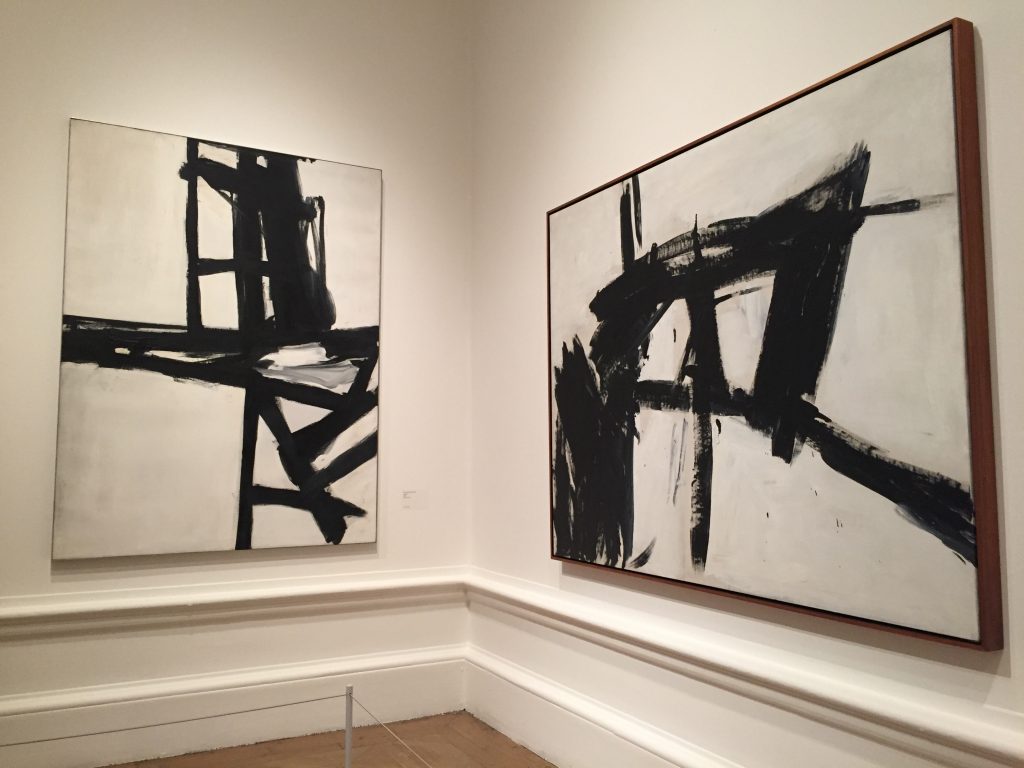
Franz Kline’s black and white paintings that evoke the architectural structures of New York whilst resonating darker and deeper emotions.
If I could have one painting it would be this, with the personification of layer and texture and a real sense of interaction with the canvas.
As an antique dealer I’ve always loved to play with scale, and there is nothing to match the scale of these powerful masterpieces that grew from decades of overwhelming oppression: the Great Depression, two World Wars, the Spanish Civil war and the encroaching Cold War. Coupled also with a surge of great energy, freedom and increasing self confidence, America began to place it’s mark as a global power. This is reflected in the enormous scale of the paintings, representing an industrial age where everything was big and growing! Cadillacs with huge fins. A new era of Jazz. Film Noir.
Another one of my favourite Pollock’s in the show, Number 7 (1952)
Each artist very much defined his own identity; a collective of individuals sharing an energy, determination and vision to create ‘the language of the emotions’ of the human condition. (Life, death, abjection, transcendence, liberation)
The show pays homage to many artists including the four pioneers of Abstract Expressionism: Pollock, Still, De Kooning and Rothko. The memory of the experience of seeing my first Rothko in the Tate modern when I was a teenager has never left me. It was monumental, not just in the actual reflection of the scale of the work, but in the actual experience of viewing it. You are part of the experience. It engulfs and forces you to react and feel.
Willem de Kooning was the other big one for me. I love his series of Women as landscapes in the show.
Clifford Still’s ‘PH 726′ is one of the most beautiful paintings in the show. A lot of my love for particular paintings is because of the palette.
Robert Motherwell (1915-1991) “ At 5 in the Afternoon” 1948-1949
Even though I remember Robert Motherwell’s work as being enormous, clearly not all works within the movement involved huge scale. Motherwell reflects the catastrophe of the Spanish civil war, honouring it with his work so that it will never be forgotten. This is a show I will never forget.









